How to Use a Menstrual Cup - Questions and Answers
What is a menstrual cup?
A menstrual cup is a reusable, silicone, TPE, or rubber device to collect menstrual fluid during menstruation. It is inserted into the vagina and can be worn for several hours, offering an eco-friendly alternative to disposable menstrual products.
What Does a Menstrual Cup Do?
Menstrual cups are designed to collect menstrual fluid during periods. They offer longer wear time and reduce the environmental impact of disposable products like pads and tampons. Their versatility allows you to engage in various activities without feeling restricted by your period.
How does a menstrual cup work?
A menstrual cup works by creating a vacuum seal against the vaginal walls to collect menstrual fluid without absorbing it. It can hold more fluid than many pads or tampons, allowing more extended usage periods without leakage.
How much blood can a menstrual cup hold?
Menstrual cups come in various sizes and can typically hold between 20 and 30 ml of fluid, depending on the brand and model. While this capacity is usually sufficient for several hours, it's essential to take a proactive approach to your menstrual health by monitoring your flow and emptying the cup as needed.
Menstrual cup vs. disc
Menstrual cups and discs are hygiene products used to collect menstrual fluid but differ in design and positioning. Menstrual cups are bell-shaped and sit lower in the vagina, while discs are flatter and are placed at the vaginal fornix, sitting higher up near the cervix.
While different techniques can improve menstrual cup use, the success of menstrual discs depends much more on existing anatomy. In other words, some motivated disc users will not be able to wear a disc due to anatomy.
Menstrual Cup vs. Tampons
Let's compare these two popular menstrual products. Cups, typically made from silicone, TPE, or rubber, collect menstrual fluid and can be worn for up to 12 hours. Tampons, made of absorbent materials, need to be changed every few hours and can only be used once. Because of that, they have a much higher negative impact on the environment and pose a reoccurring cost.
Menstrual Cup Pros and Cons
The pros include the ability to wear the cup for up to 12 hours without changing it, significant cost savings over time due to its reusability, and a lower environmental footprint than single-use products. On the downside there is a learning curve in becoming accustomed to the device. We want to reassure you that with patience and practice, you can master using a menstrual cup.
How to Use the Period Cup?
How to insert a menstrual cup
Inserting a menstrual cup involves folding the cup for insertion, positioning it correctly in the vagina, and ensuring it creates a seal to prevent leaks. Proper technique can make this process easier and more comfortable. Personal preference will influence what fold is best for your situation. Look at the illustrations for different folding techniques on our Page about how to put a menstrual cup in, including the popular c-fold, punch down, and others.
What are the different ways to fold a menstrual cup?
There are several popular folding techniques for inserting a menstrual cup, including:
- C-Fold: Pinching the sides together to form a "C" shape.
- Punch-Down Fold: Pushing one side down into the cup's opening to create a smaller tip.
- S- Fold:This works better for larger cups and includes a double fold
Explore these methods to find which one works best for you.
How can you tell if a menstrual cup is inserted correctly?
To check if your menstrual cup is inserted correctly, ensure that it sits low in the vagina, forms a complete seal, and is not protruding from the vaginal opening. You can also run your fingers along the base of the cup; it should feel smooth and round without any noticeable ridges or folds.
How far up should a menstrual cup be positioned?
A menstrual cup should be positioned a few inches into the vaginal canal but not so high that it cannot be reached. When inserted correctly, it will sit below the cervix and should feel comfortable and secure.
Proper Placement of a Menstrual Cup
It is essential to understand the correct positioning of a menstrual cup within the vaginal canal to ensure it sits comfortably and securely. A well-placed cup should create a seal against the vaginal walls to prevent leaks while allowing for a full range of motion.

Reasons for Discomfort with a Menstrual Cup
Discomfort may occur if the cup is not inserted correctly or is too large for your anatomy. Make sure to experiment with insertion and placement, and consider consulting a healthcare provider if discomfort persists.
If your menstrual cup is causing pain, it may be due to incorrect placement, size, or even the insertion angle. Ensuring the cup has opened fully and is positioned correctly is essential. If discomfort persists, consider trying a different size or style.
At MeLuna USA we offer a policy to help you get a different model if your first cup chosen was not a perfect fit for you.
How to remove a menstrual cup
Before removing your cup wash your hands thoroughly. To remove a menstrual cup, you should bear down slightly to lower it, pinch the base to release the suction, and pull it out gently. It’s important to keep the cup upright to avoid spills. If possible, using your index and middle finger may enable you to fold the cup slightly to make it more comfortable for removal. Check out our Info Page on How to Remove a Menstrual Cup for a helpful video.
The good news is unlike the colon your vagina has a barrier inside that prevents objects from sliding up beyond a certain point. Your cup can not get lost in there.
While it is unlikely that a too strong seal is created with softer TPE cups like the MeLuna Classic, firmer TPE cups like the MeLuna Sport as well as silicone cups can create a seal that can be difficult to break for new users.
It's important not to panic. Squatting in the shows can be helpful in forcing the cup down so you have an easier time to grasp it.
How often to empty/ clean a menstrual cup
It's generally recommended that you empty your menstrual cup every 4 to 12 hours, depending on your flow. Do not forget to remove your cup even if it does not fully fill to avoid bacterial growth that can lead to odor.
Why Does My Menstrual Cup Smell Bad?
A foul odor emanating from a menstrual cup can indicate that it has been left in too long. Regular sanitation is key to maintaining hygiene and avoiding unpleasant smells.
How to clean a menstrual cup
Cleaning a menstrual cup involves rinsing it with water and mild detergent before reinserting it. It is advisable to sterilize the cup by boiling it in water for a few minutes at the beginning and end of each menstrual cycle, but boiling is not the only option.
Another effective way to sanitize cups is to use a menstrual cup steamer, which uses a tiny amount of water to create steam in a small enclosed dome. Another option that does not require electricity or hot water is to use disinfecting tablets like Milton Tabs.
How long does it take to boil a menstrual cup?
To ensure proper hygiene, boil a menstrual cup for about 5 minutes at the start and end of your cycle to kill bacteria and sanitize it for reuse.
For more in depth directions on cleaning and disinfecting see our Info Page
Things You Can Do with a Menstrual Cup
Can you sleep with a menstrual cup?
Yes, you can sleep with a menstrual cup in. Depending on your flow, it is designed to be worn for up to 12 hours. Just ensure that you insert it correctly to prevent leaks while you sleep. Many users find that menstrual cups can hold more fluid than tampons, making them ideal for heavy-flow nights.
Can you swim while using a menstrual cup?
Yes, swimming with a menstrual cup is completely safe. It’s designed to stay in place and can be worn during various activities, including swimming, without any worries. The cup creates a seal that prevents leakage while you move around in the water. Just empty and rinse it before and after you swim for maximum hygiene.
Can you engage in sex while using a menstrual cup?
It is perfectly fine to engage in sexual activity as long as it does not involve intercourse. While you are wearing your cup, intercourse is not recommended and has the potential to cause injury to both partners.
This differs from menstrual discs, which can be safely worn during intercourse.
Can you wear a menstrual cup while using an IUD?
Many users successfully and safely use a menstrual cup alongside their IUD. It's important to consult your healthcare provider to ensure that a menstrual cup is compatible with your specific device and anatomy.
One precaution your healthcare provider may take is to shorten the string of the IUD. This can help prevent the rim of the menstrual cup from accidentally dislodging the IUD.
Menstrual Cups for Special Requirements
Menstrual Cup for Low Cervix
Finding the right menstrual cup can be crucial for women with a low cervix. MeLuna Shorty cups Menstrual Cups for Low Cervix are designed to accommodate this anatomical variation for comfort and effectiveness.
Menstrual Cup for Teens
Menstrual cups can be a suitable option for teenagers. They offer convenience and comfort while being environmentally friendly, but education on proper usage is essential.
Menstrual Cup for Athletes
Firmer menstrual cups are designed for athletes, providing a leak-proof seal even during intense activity. The MeLuna Sport cup is one of the few cups specifically designed for this purpose.
Are Menstrual Cups Safe?
Potential Side Effects of Using a Menstrual Cup
While menstrual cups can be a convenient and eco-friendly option for period care, there are potential side effects to consider. Users may experience discomfort during insertion or removal, and some might find it challenging to position the cup correctly. Allergic reactions to the materials used in the cup, such as silicone or rubber, can occur in rare instances. For those allergic to silicone or latex, TPE cups like MeLuna offer a great alternative.
Additionally, improper use may lead to leakage or irritation. It’s essential to follow the instructions for use and maintenance to minimize these risks.
Can You Get TSS from a Menstrual Cup?
Toxic Shock Syndrome (TSS) is a rare but serious condition that is often linked to tampon use. Although the risk of TSS is lower with menstrual cups, it is still important to maintain proper hygiene practices to minimize any potential risks. A recent study found that the bacteria associated with TSS are much less likely to adhere to TPE cups, such as those made by MeLuna, compared to silicone cups.
Can Menstrual Cups Damage Cervix?
There are concerns regarding the potential for menstrual cups to cause harm to the cervix. Understanding the correct usage and sizing is vital to prevent any adverse effects. If your cervix position is lower than average MeLuna makes a low cervix option for optimum safety and comfort.
How Long Does a Menstrual Cup Last?
Generally, menstrual cups can last for several years with appropriate care. However, you should consider replacing your cup if you notice signs of wear and tear or damage to the material. It's also good practice to replace your cup every 5 to 10 years.
Please note that some countries, such as the United States, have government agencies that require statements about the use life of menstrual cups to be validated through laboratory studies. These studies can be very expensive, and the cost can be a more limiting factor regarding what claims can be made compared to the actual longevity of the product.
For example, MeLuna USA cups have undergone a three-year use life study. At the end of this study, the cups were still in perfect condition and could have continued to be tested for additional years. However, since the study was concluded after three years, the use-life claim on MeLuna USA packaging is limited to three years according to FDA regulations..
Related Blog Posts:








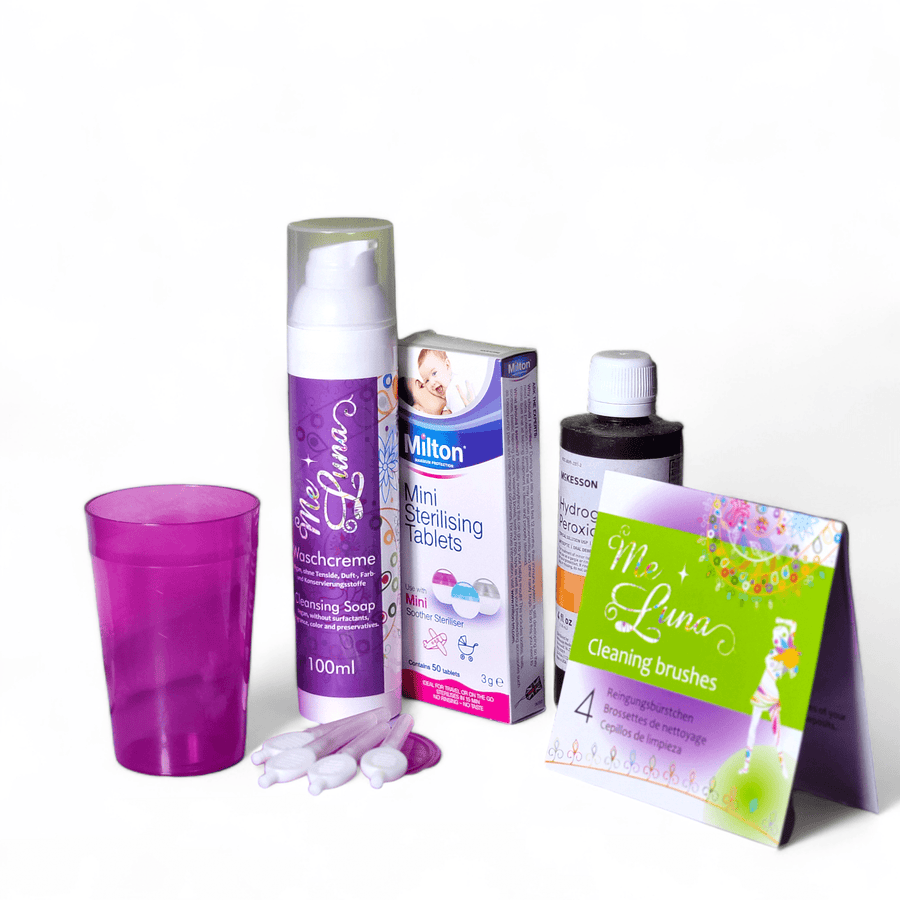

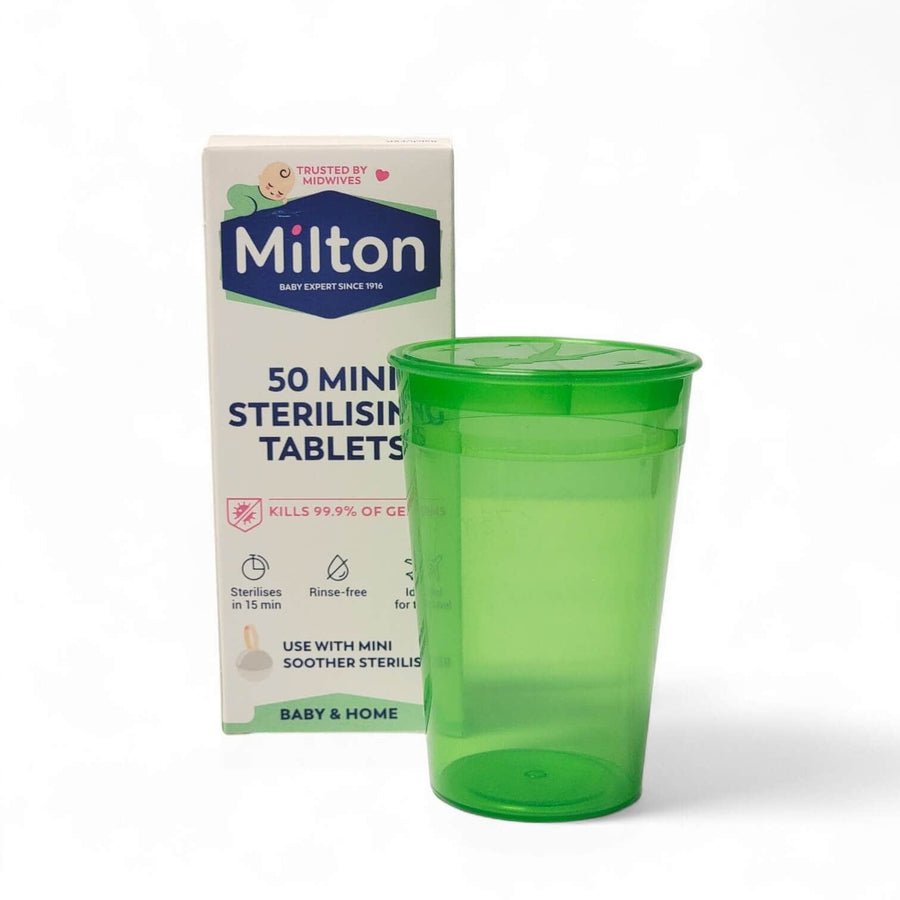
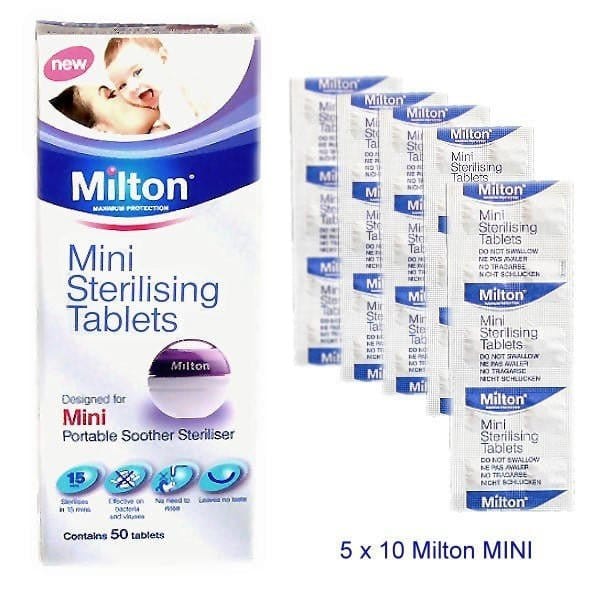



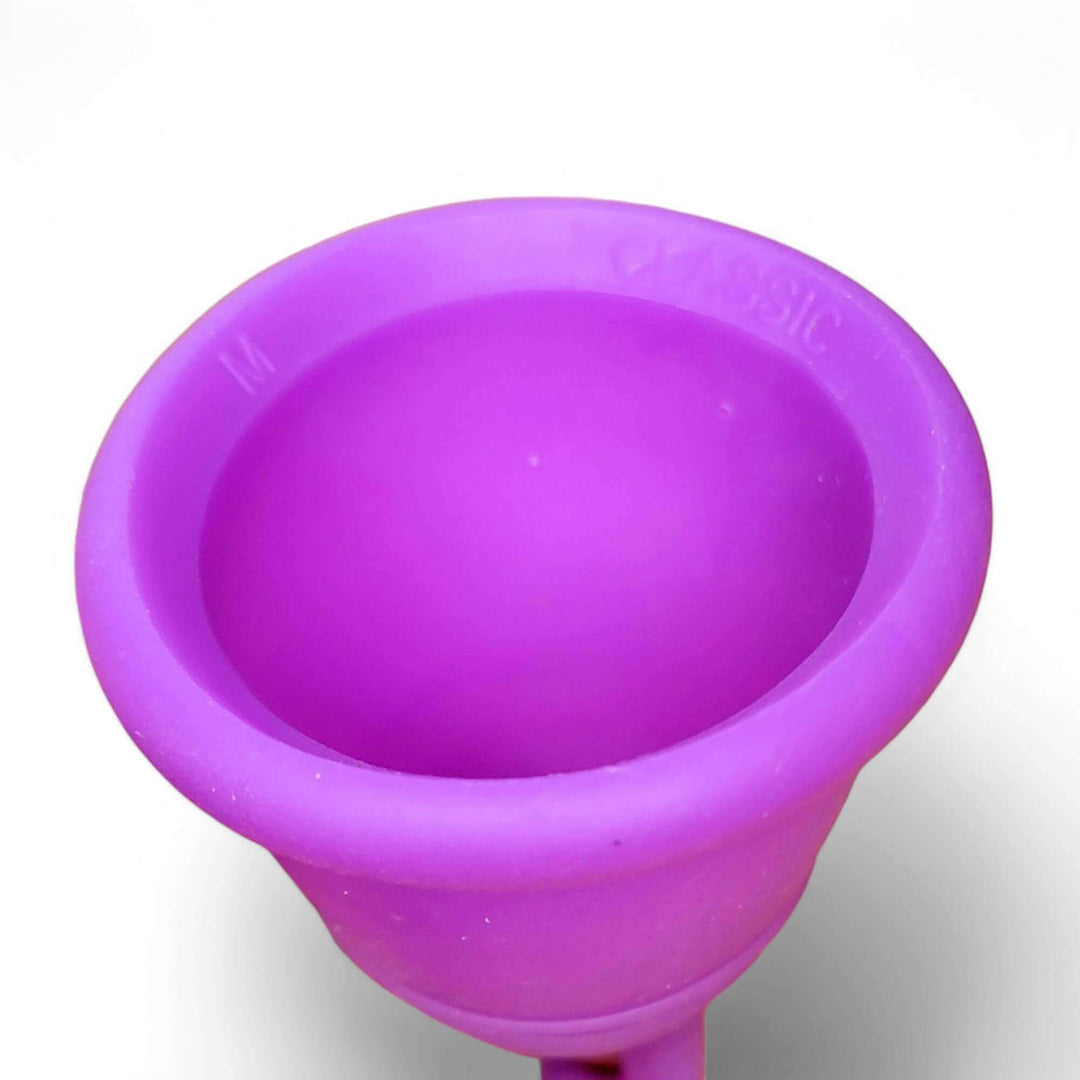

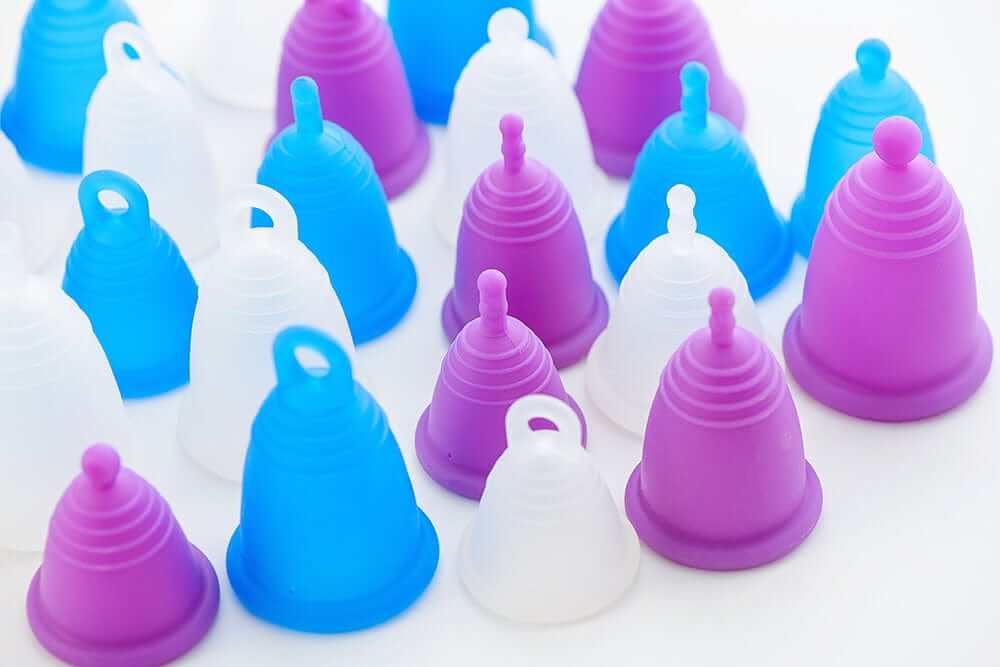
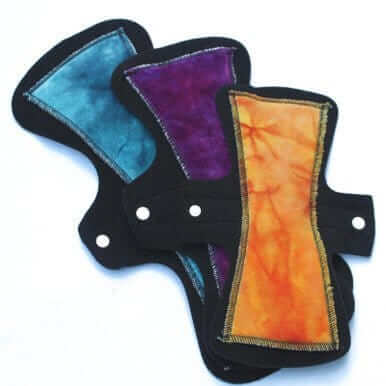
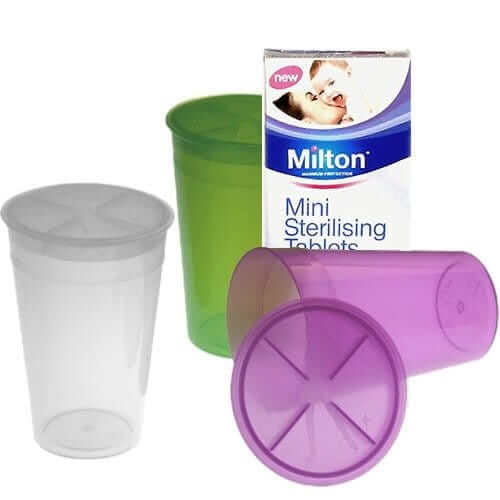





Leave a comment